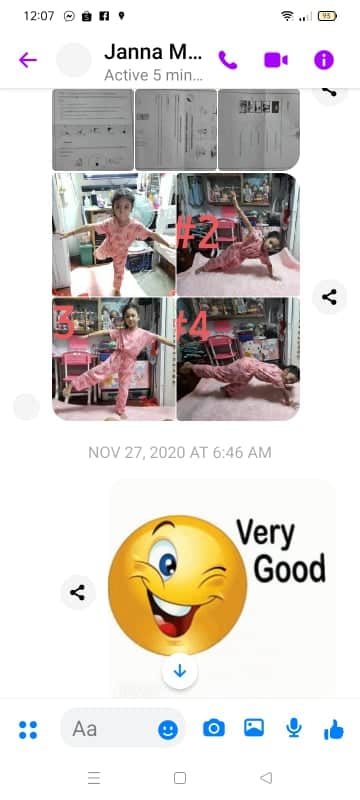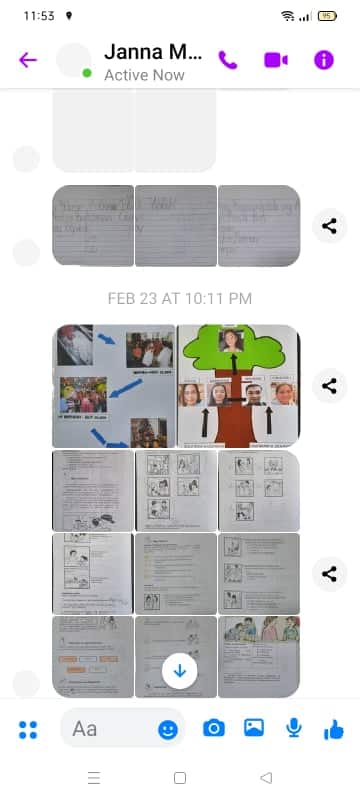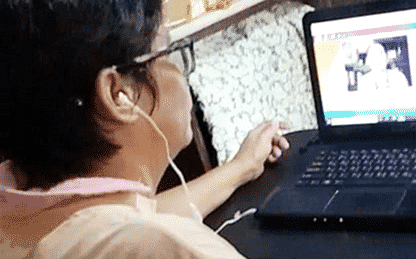The important goal of basic education is to help all children, especially the most vulnerable thrive academically, socially, physically, and psychologically. However, achieving these intentions still remains a challenge in the Philippine educational setting, particularly for the learners in the Key Stage 1 (Kindergarten to Grade 3). Considering the challenges with the implementation of the Basic Education Learning Continuity Plan (BE-LCP) where doing so well in the digital world has become a necessity, the pandemic taught us that schools are not just the places of academic learning and that the use of technology plays an important role in making learning continuity happen in the lives of our learners – even those under the distance modular modality. We know that despite the increase in access and use of digital technologies, digital inequalities are still present and prevent the most vulnerable children from building the digital skills they need for lifelong learning.
As the demands of the 21st century make information technology an integral part of children’s lives from a young age, enabling our learners to access and become familiar with digitally interactive “smart” learning tools should be the priority of all education stakeholders. In today’s digital world, teaching children IT skills should start in the children’s formative years to help them evolve along with information technology. If they are not given the opportunity to be exposed to learning platforms that initiate digital literacy programs, students will become overwhelmed as technology advances. The demands of the Fourth Industrial Revolution (IR4.0), Sustainable Development Goal (SDG 4), and the COVID-19 Pandemic propelled DepEd to fast-track the implementation of modifications and adjustments in learning delivery, curriculum, learning materials, among others. DepEd Commons was launched as an online platform for public school teachers to support distance learning modalities, designed as a direct solution to give access to online review materials and Open Educational Resources (OERs) during class suspensions and other similar circumstances. But this requires teachers and students to have a laptop, desktop computer, tablet PC, or a tablet to utilize DepEd’s platform. And most importantly, both parties must have a stable internet connection. Indeed, the use of technology in education has been gaining more attention for the continuity of learning delivery.
Mark Anthony Llego (2020) has pointed out that not all students have access to Broadband, electronic devices, and computers at home, in response to the DepEd OUA Memo Number 00-0420-0029 that requires minimum specifications for ICT equipment and internet services to be donated to schools, teachers, and/or learners. He argued that it may not be enough that public school teachers have the means to abide by the technical requirements of DepEd, it is also crucial to take a look at the people on the other end of the line — which are the students. He also proposed to take a closer look at one gadget/equipment that, without a doubt, is more accessible with public school students than pricey desktop or laptops: their smartphones. Therefore, schools can reach out to more students in making web-based learning as widely available as possible through smartphones.
This way we are actually providing our younger disadvantaged learners with similar opportunities such as access, skills, and knowledge to responsibly engage with the digital world, which are now being enjoyed by their socioeconomically advantaged counterparts.
One important lesson that I learned during the pandemic is that teaching using only the self-learning modules (SLMs) may not deliver the desired learning competencies particularly for those who are yet to learn how to read or for those who are struggling readers. SLMs are static and are not appropriate for teaching languages and visual concepts. These learners need their teachers the most for timely and quality feedback in order to learn the basic skills in literacy and numeracy. For these reasons, the use of Facebook as a learning tool and platform has been proven very helpful in making modular learning effective for very young learners. Taking advantage of the Facebook, teachers may have the opportunity to provide a similar digital experience for disadvantaged learners using low-tech and low bandwidth requirements. The devices’ video and audio features are proven very helpful in developing and providing locally generated supplementary instructional materials and as learning tools. Learners can also generate and submit their digital portfolios through Facebook Messenger. It could also be a lifeline, particularly for learners who might feel isolated or in need of psychosocial and academic support in form of sending text messages or schedule calls to check on them. As it is free and freely available, through the guidance of their parents or guardians and integration of school guidelines and parents’ training on digital safety and resilience, it could be a convenient and fast way to communicate and interact with the learners, next to the basic text and call for basic phone users. It can also make personalized learning more possible. This way we are actually providing our younger disadvantaged learners with similar opportunities such as access, skills, and knowledge to responsibly engage with the digital world, which are now being enjoyed by their socioeconomically advantaged counterparts.
As teachers in the 21st Century, we need to expand our ideas about literacy. Alpha generation learners adapt to technology naturally, making it the best time to teach Internet technology skills. It’s time for them to create relationships between the written and visual word for better communication with others. We need to allow our learners to fully exploit digital opportunities while being able to recognize and manage digital risks and this should start in early childhood. Current studies put a strong emphasis on the digital divide and/or certain risks of digital technology to young learners, such as cyberbullying and health disadvantages. We should not be hindered by perceived challenges. We need to recognize that access to phones is now nearly universal in the Philippines, even in the rural areas and this can be used as a lever in the current education crisis.
Until a more robust solution becomes available in the country, the use of smartphones and utilizing the most popular social media in distance modular learning will remain as the most practical strategy to provide students with inclusive and authentic learning experiences, to give them the opportunity to experience the digital world while harnessing the tools that they can currently access, to support them through this difficult time, and for teachers to gain the confidence that learning is happening during these trying times. All we need is the mindset of balancing digital opportunities and risks in preparing them for the digitally interconnected world which is already taking place today. Promoting digital literacy and resilience should not start in the higher grade levels. It should start in early childhood now.
References:
Llego M. (2020) DepEd Online Learning: The Growing Role of the Smartphone in Education https://www.teacherph.com/deped-online-learning-smartphone-education/
OUA Memo No. 00-0420-0029



Great Read!
Salamat Maam Raquel for your insights.